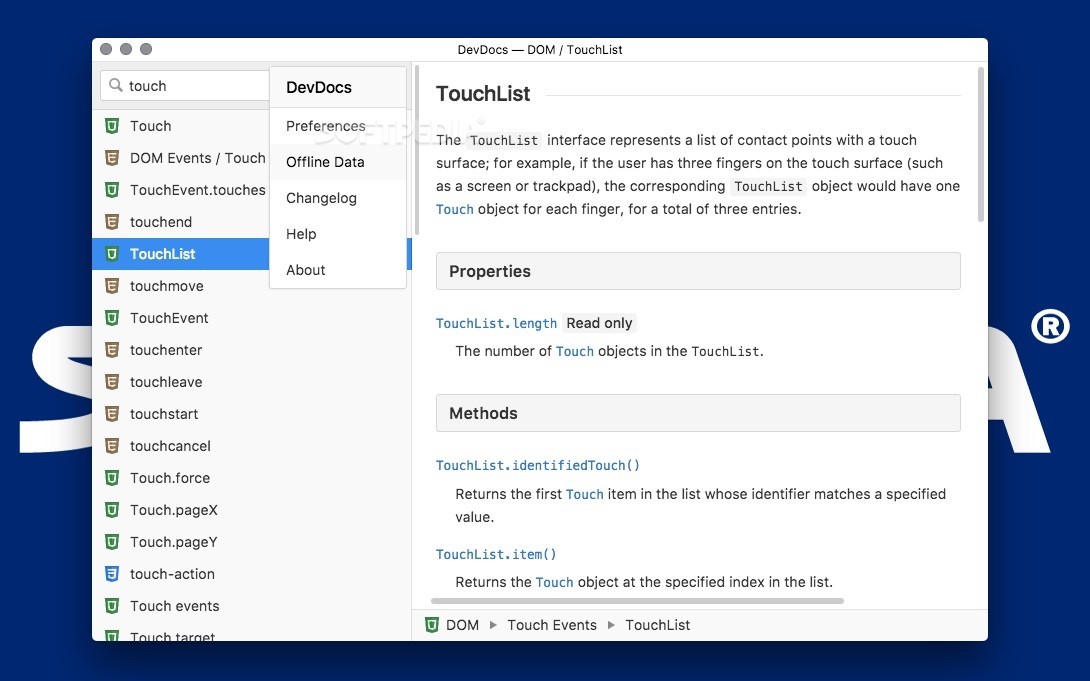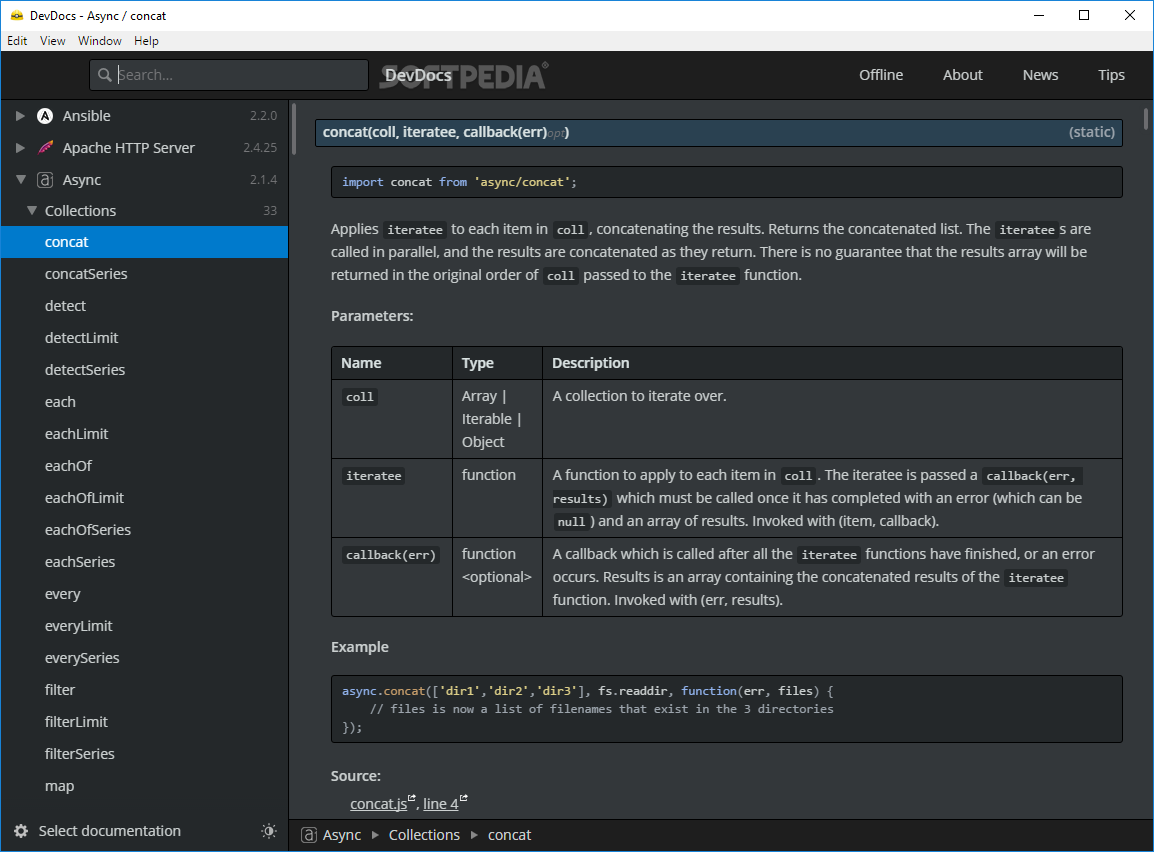

- #Devdocs software install
- #Devdocs software update
- #Devdocs software upgrade
- #Devdocs software password
#Devdocs software install
For example, if you set up a virtual host for Magento with the hostname, you can install the Magento software with -base-url= and access the Admin with a URL like. `` which represents a base URL defined by a virtual host setting or by a virtualization environment like Docker. To access Magento on localhost, you can use either or. Depending on how you set up your web server and virtual hosts, the path might be magento2 or it might be blank. is the docroot-relative path in which to install the Magento software. Note: The scheme ( or and a trailing slash are both required. Site, database, and RabbitMQ configuration options: Nameīase URL to use to access your Admin and storefront in any of the following formats:
#Devdocs software password
Enclose the entire password string in single quotes. We recommend a longer, more complex password. The password must be at least 7 characters in length and must include at least one alphabetic and at least one numeric character. If you create the user during installation, all admin credential variables are required. In Adobe Commerce version 2.2.8 and later, you can create the Admin user during or after installation. The following options specify the user information and credentials for the Admin user. see Sample localhost installations.Īny options that contain spaces or special characters must be enclosed in either single or double quotes. The following tables describe the installation option names and values. The install command uses the following format: Install the Magento software from the command line
#Devdocs software update
If an error displays when you run these commands, verify that you updated installation dependencies as discussed in Update installation dependencies. You can run the following commands to find values for some required arguments: Installer argument More details about these parameters can be found later in this topic.
#Devdocs software upgrade
See Your install or upgrade path.Īfter you log in to the Magento server, switch to the file system owner. Verify that your system meets the requirements discussed in Magento system requirements.Ĭomplete the first installation steps.


Set pre-installation ownership and permissions.Node LTS (v14 or v16) Odd-number releases of Node are not supported (e.g.To provide the best possible environment for Strapi the following requirements apply to development (local) and staging and production workflows. General guidelines Hardware and software requirements If you already created a data structure with the Content-Type Builder and added some data through the Content Manager to your local (development) Strapi instance, you can leverage the data management system to transfer data from a Strapi instance to another one.Īnother possible workflow is to first create the data structure locally, push your project to a git-based repository, deploy the changes to production, and only then add content to the production instance.


 0 kommentar(er)
0 kommentar(er)
